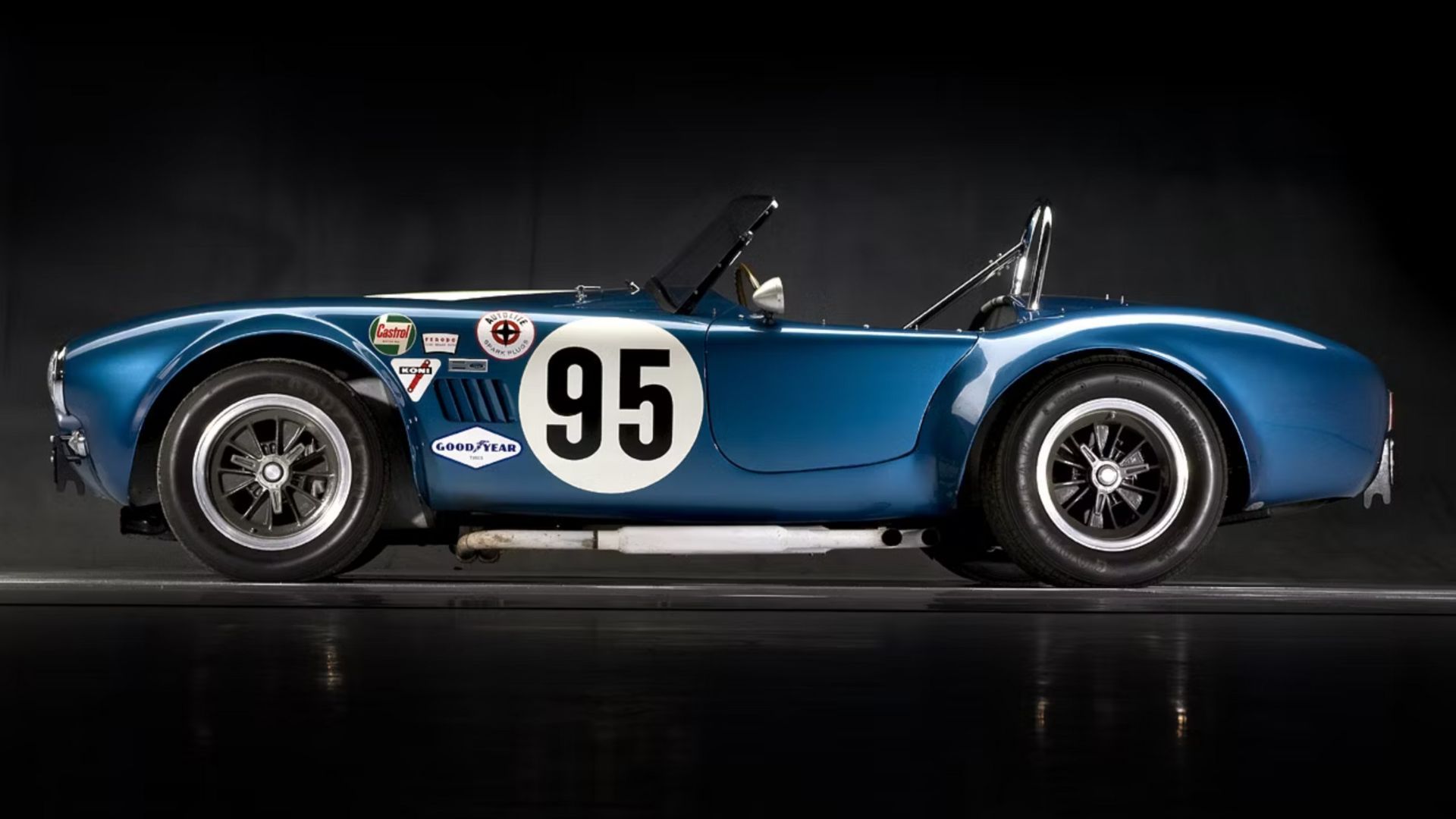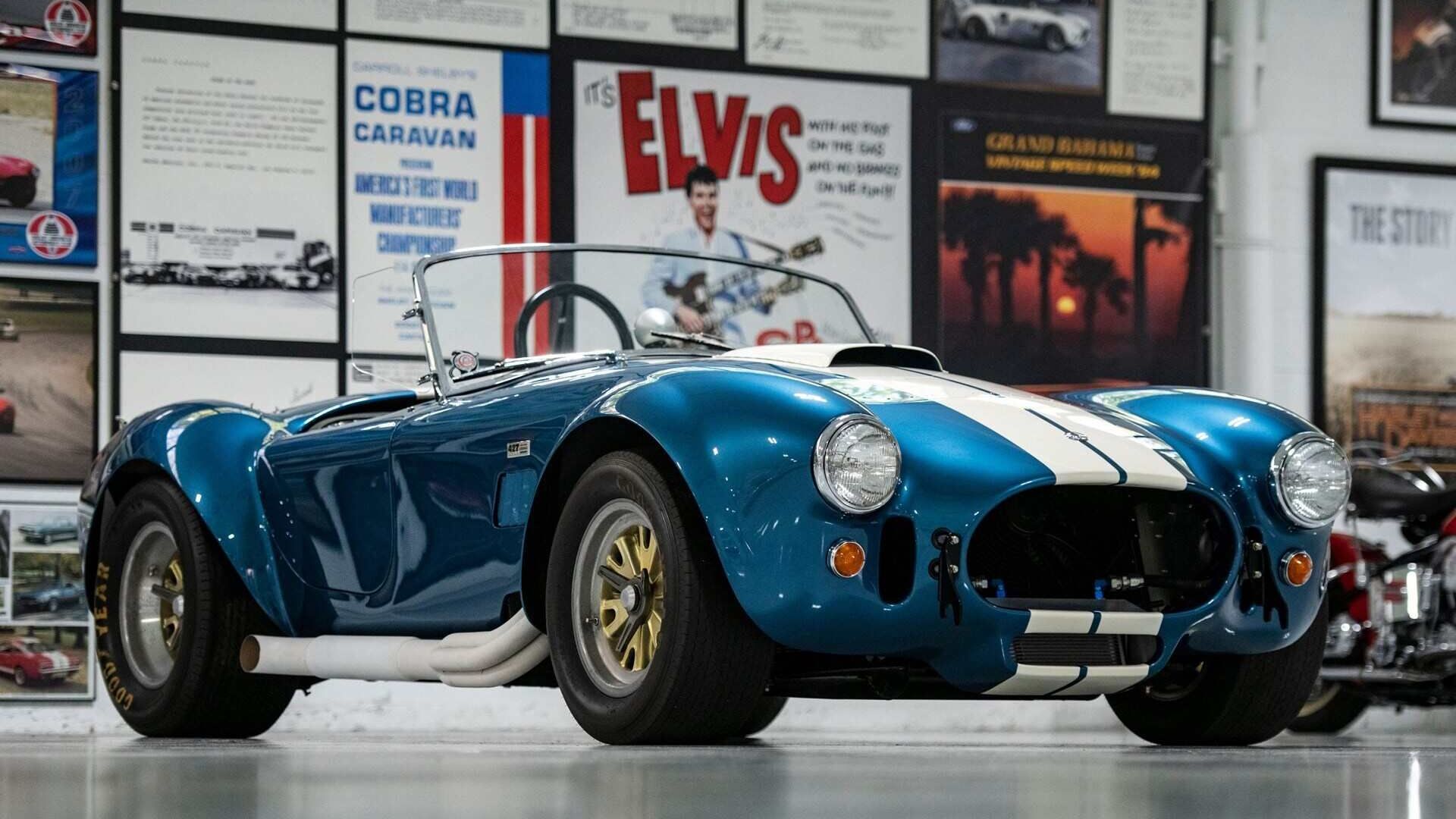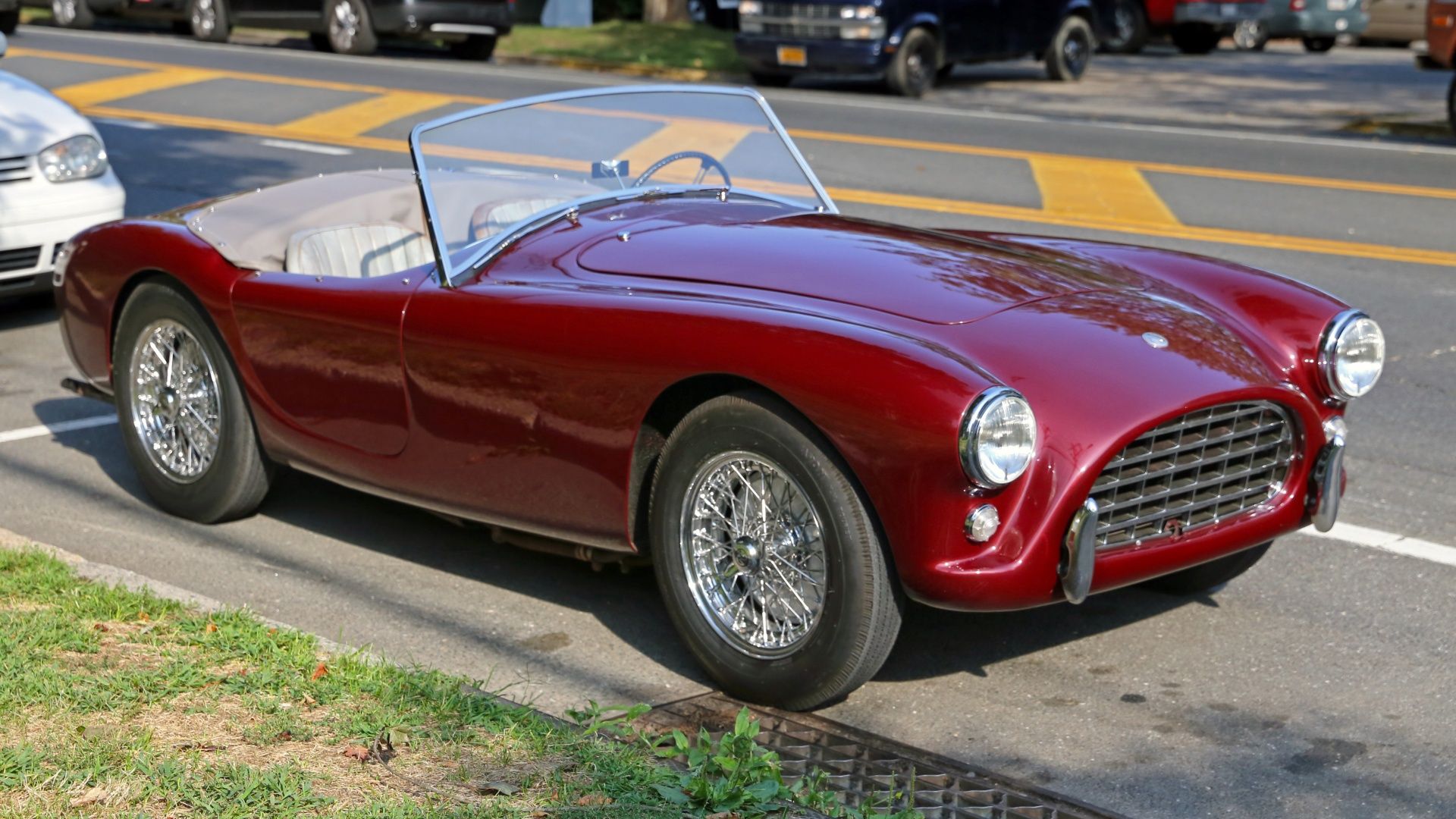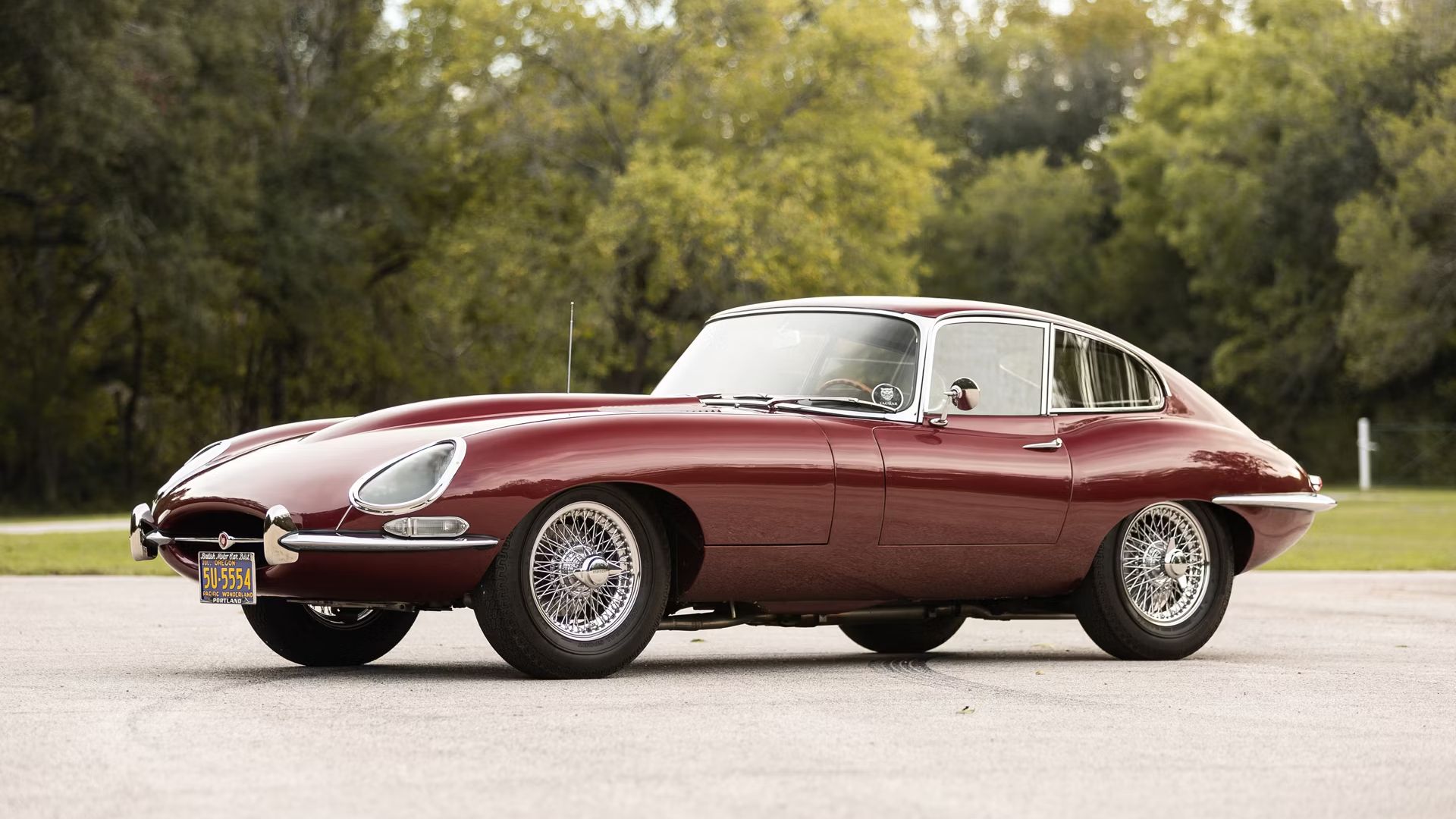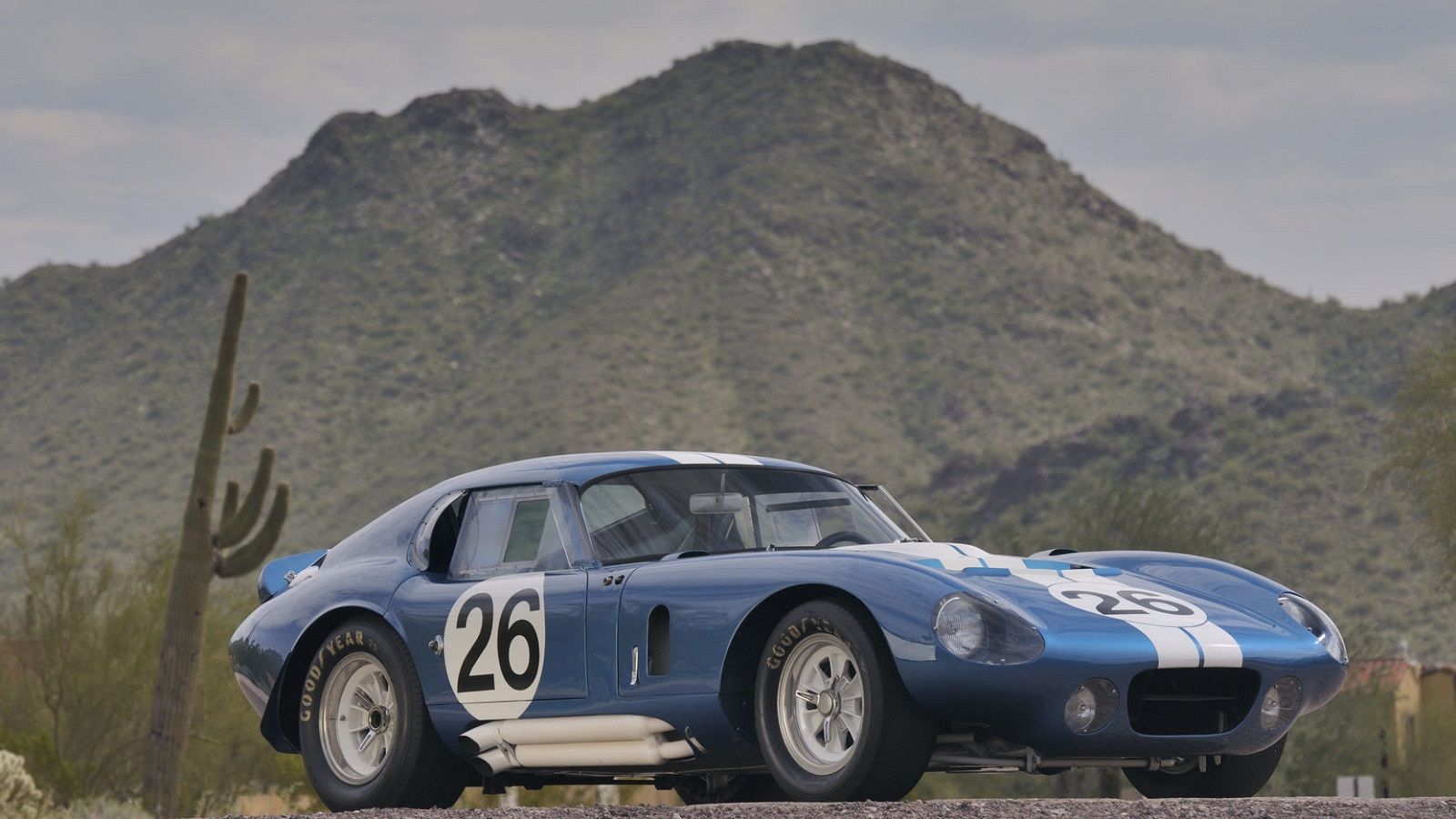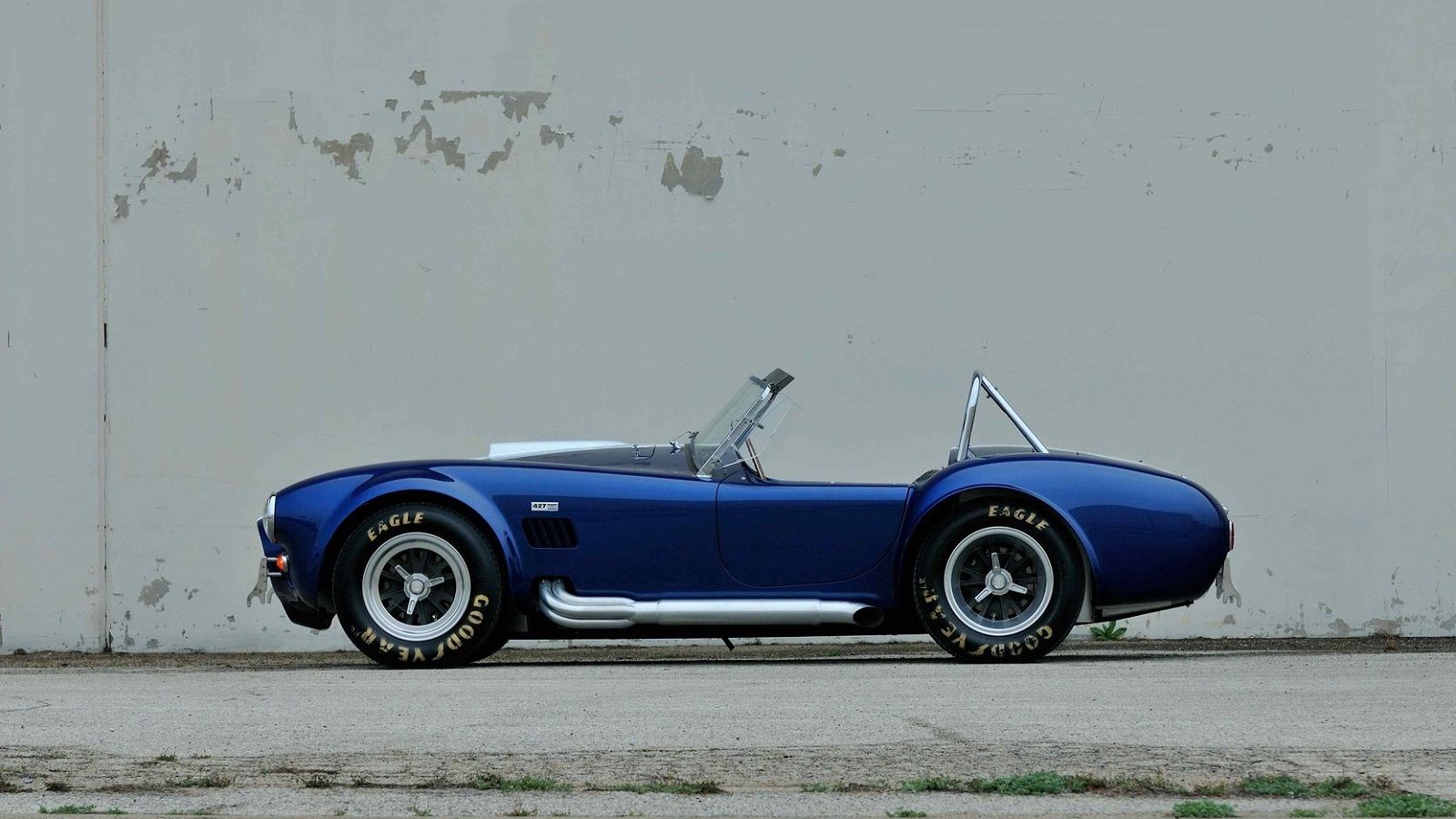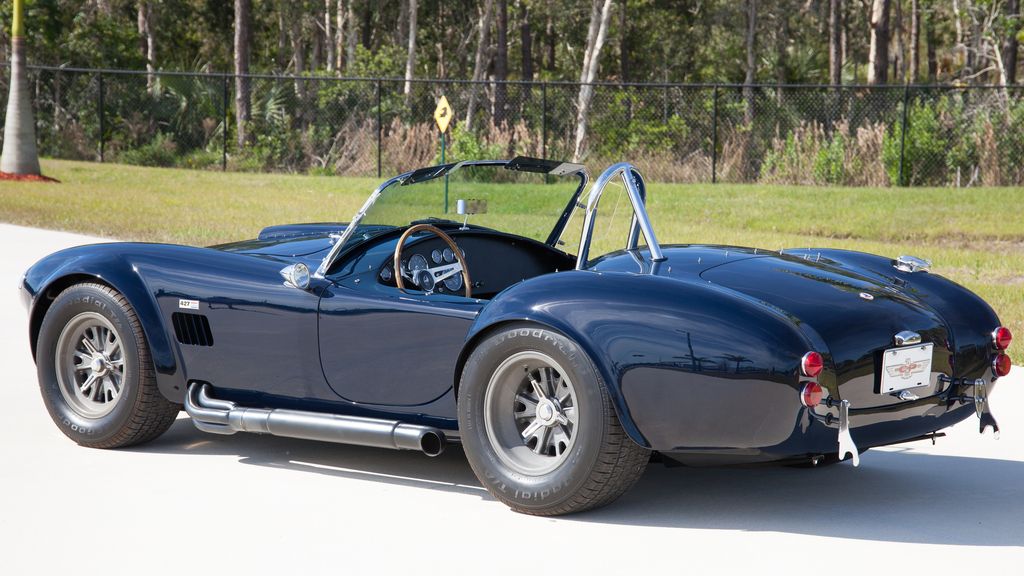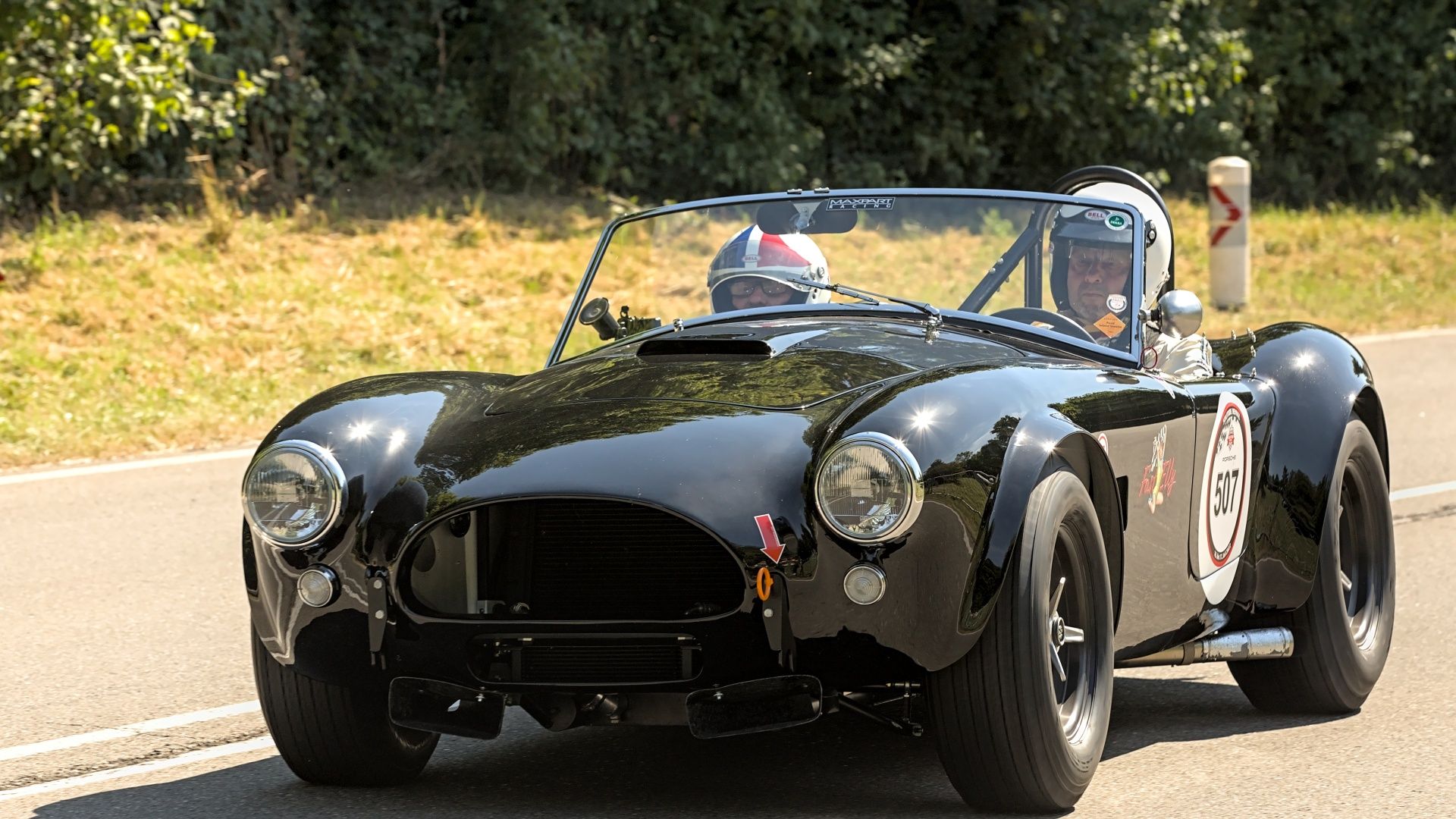Summary
- The Shelby Cobra, built by former racing driver Carroll Shelby, is one of the most iconic American cars ever made and has a large fanbase.
- The Cobra 427, the most desirable version, featured a 7.0-liter Big-Block 427 V-8 engine and had significant differences from earlier Cobras.
- The Shelby Cobra was the basis for the Shelby Daytona, a coupe version designed to improve aerodynamics, and is the most replicated car in automotive history.
American automakers are responsible for a good portion of some of the most innovative, exquisite, and iconic automobiles. From the mass-produced Ford Model T, through the futuristic Buick Y-Job, to the Coke bottle-styled Plymouth XNR, there are many great examples that have influenced the automotive world.
But, by far, one of the most iconic American cars ever made, is the Shelby Cobra. But the iconic, V-8-powered widowmaker did not start as an American model, and it would take some time before the most desired versions came about. In a brilliant stroke of decisiveness and quick thinking, former American racing driver and farmer, Carroll Shelby went on to reimagine a compact, 1950s roadster into a V-8-powered hot rod machine.
You’ve probably watched the old recording where the Cobra’s creator says “I’m Carrol Shelby and performance is my business”. It’s the Shelby Cobra, along with the Mustang Shelby GT350 and Ford GT40 that best embody the philosophy and can-do attitude of the Texas racing driver, and while each of the cars Shelby touched is special in their own right, the Shelby Cobra boasts one of the biggest fandoms of any American sports car. Here are 10 things every gearhead should know about the iconic Shelby Cobra.
10 From The Beginning, The Cobra Was Built For Racing
Carrol Shelby was a racing driver whose first race was in a road-going MG TC, owned by a friend of his. His winning streak, eventually, granted him a sport as a racing driver with Aston Martin, and he also set land speed records at Bonneville, for Austin Healey. Eventually, the idea of winning races in a car built by himself took form, and eventually, he built the AC Cobra, which was based on the British lightweight roadster, AC Ace.
The Cobra 427 was a few years away, however, and would not happen until 1965. The Cobra quickly dominated local events, against the Chevy Corvette, but in Europe, it lagged behind the much-quicker Ferraris and Porsches, prompting Shelby to go back to the drawing board.
9 The Cobra 427 Shared Very Few Parts With Early Cobras
Carroll Shelby completed the first AC Cobra in 1962, after receiving a rolling chassis from AC Cars, but the Shelby Cobra 427 did not arrive until 1965. The 260 and 289 cubic-inch V-8 engines were replaced by Ford’s most advanced engine at the time – the 7.0-liter Big-Block 427 V-8, which was developed, for the Ford GT40, in order to beat Ferrari at Le Mans.
Cobra 427s are also known as Mark III Cobras, and they shared very few parts with the early 260 and 289-powered cars. Only the windshield, trunk, and hood were carried over, as the rest of the body needed to be widened, because of the big V-8. Depending on the customer’s preference, the Cobra bodies were either fiberglass or aluminum. The end result was a car, 7.0 inches wider than the Small-block Cobras – 68 inches (1,727 mm) width versus 61 inches (1,549 mm).
8 The Best Blend Of British Lightweight And V-8 Power
The AC Ace was the basis for Carroll Shelby’s Cobra. By the time, the 427 cars arrived, the platform had undergone many mechanical and visual changes. But Carroll Shelby’s original idea of a lightweight British roadster with American V-8 power remained pure. Even the big-block Mk III Cobras weighed just 2,355 pounds (1,068 kg).
All 427s were coil-spring cars. Combined with the 427’s power output of 425 horsepower at 6,000 RPM and 480 pound-feet (651 Nm) at 3,700 RPM, the Cobra 427 boasts a power-to-weight ratio of 398 horsepower per tonne, and that’s before the S/C (Semi-Competition) version, which bumped power to 485 horsepower. Although the Shelby Cobra is considered a handful for the uninitiated drivers, it boasted a 48/52 weight distribution, which is considered the perfect ratio, and the same as a Lexus LFA.
7 The British Connection Runs Even Deeper
By the time the Shelby Cobra 427 came out, there was very little left from the original, AC Ace donor car. The resemblance was still there, but almost every mechanical aspect of the car was beefed-up to handle three times the original power of the British roadster. Among the most significant differences was that while earlier Cobras came with leaf springs, later models featured coil springs.
The AC Ace, actually, dates back to 1953, and its most powerful engine was a Ford Zephyr, 2.6-liter inline-six with 170 horsepower. That engine, however, came later in the model’s production cycle, in 1961, and only 37 cars got it. In order to handle the American V-8’s power, the Ace’s original E.N.V. differential was swapped for a Sailsburry 4HU. It featured onboard disc brakes and was the same differential found on the Jaguar E-Type. And yes, the Cobra 427s have the same differential.
6 It Was The Basis For The Shelby Daytona
For all its performance, the Shelby Cobra had an aerodynamic problem. This became apparent when Shelby took the Cobra racing in Europe. Engineer, Pete Brock stepped in and designed the Shelby Daytona – a coupe version of the Cobra with a much more slippery body.
The Shelby Daytona boasted a drag coefficient of 0.28, which was a vast improvement over the Cobra’s estimated drag coefficient of around 0.5. Even with the 289 cubic-inch V-8, the Daytona could reach 186 mph (300 km/h), which was 1.0 mph (1.61 km/h) faster than the Shelby Cobra S/C 427. Eventually, one of the six original Daytonas – Chassis CSX2286 – would receive the Ford 427 Big-block.
5 The Dragon Snake Package Was Rare
Over its lifespan, the Shelby Cobra could be optioned in a few different guises. Aside from the more powerful S/C and Super Snake models, there were the Dragon Snake and Slalom Snake packages. As suggested by the name, the Dragon Snake was a drag package, which won a few NHRA events, with Bruce Larson and Ed Hedrick, driving.
The package was built to dominate the quarter-mile. It offered reduced weight, a modified engine, new Koni shocks, Goodyear Drag Slicks, and 4.54:1 rear gears. Only six Cobras received the Dragon Snake package, and only one of them was a Cobra 427 – chassis 3198.
4 One Of The Most Replicated American Classic Cars
The Shelby Cobra is not only an American automotive icon but also highly-exclusive. Between 1965 and 1966, only 260 Cobra 427 cars were produced by Shelby American. This means that the original Cobras go for anywhere from the high-six-figure range to $13.75 million, depending on the version and rarity. To put it simply, an original Cobra, even a non-427, is not even close to being affordable. That’s where replicas come in.
The Shelby Cobra is the most replicated car in automotive history. Since the mid-1980s, it is believed that over 60,000 Cobra clones have been made, with the 427 wide-body models being the most replicated. While quality varies, some companies, like Superformance, Barkdraft Racing, and Factory 5, build high-quality replicas with the manufacturer’s grace, and oftentimes, with their own twist. The first manufacturer to build a faithful Cobra replica is believed to be DAX. The company even hired AC Ace designer, John Tojeiro, as a company director.
3 Shelby Counterfeited His Own 427 Cobra
Following the booming of the replica business, Carroll Shelby decided to utilize 43 left-over chassis serial numbers to release a limited batch of “original” Cobras. There were, indeed, left-over parts from the original assembly line, but later, AC Cars confirmed that the chassis for which the serial numbers were issued, were never produced.
That didn’t stop Carroll Shelby to enlist the help of McLusky Ltd. in order to build 43 new chassis and sell them to the public as original, 1960s parts. Each of the 43 continuation cars were sold for $500,000. When the gig was up, no one, actually, cared, since those were still 427 Cobras built by Carroll Shelby, himself. It’s safe to say, the Shelby Cobra 427 was so popular, even its creator went to replicate it.
2 Only One Shelby Cobra 427 Super Snake Survives
There are many desired, special-edition Shelby Cobra 427s, but by far, one of the rarest and most enigmatic is the Super Snake. Two original 427 Cobras received the Super Snake package – one S/C 427 (CSX 3015) and a regular 427 (CSX 3303), which was built later. All 427 Cobras were, essentially, deathtraps, but nothing came even remotely close to the 427 Super Snake.
The 427 cubic-inch V-8 received two superchargers for 800 horsepower. With under 2,300 pounds (1,050 kg) to lug around, this was one venomous snake. No wonder, one of the cars went for a swim, after jumping off a cliff, leaving chassis number CSX 3015 as the sole-surviving Cobra 427 Super Snake. In 2021, that same car went on an auction where it fetched $5.5 million.
1 The Fastest Road-Going American Car Of Its Day
The Shelby Cobra 427 was not a slow car by any stretch of the imagination. Even the regular 427 was capable of a top speed of 164 mph (264 km/h) while the Semi-competition variant was capable of 185 mph (298 km/h). The Shelby Cobra 427 Super Snake was the fastest, with a reported top speed of 201 mph (323 km/h).
Certain packages that prioritized quarter-mile drag racing, reduced top speed, but the potential was always there. When it comes to 0 to 60 mph (97 km/h) times, the numbers range from 4.5 to 3.6 seconds. The Shelby Cobra S/C 427 was also capable of blasting down the quarter-mile in as little as 12.3 seconds at 122 mph (196 km/h). To put things in perspective, the Lamborghini Miura P400 topped out at 179 mph (288 km/h) while the Ferrari 250 GTO could reach 174 mph (280 km/h).
